Black holes. Perhaps the most fascinating object in the universe, but equally, the most misunderstood. This will be an immense journey through a subject that's as deliriously quirky as it is impossibly complex. Apologies for the lack of a sub-title, but nothing goes after a black hole!
This is the third part of my series about Stars. Please check out the first two parts - The Lives of Stars and The Death of Massive Stars.
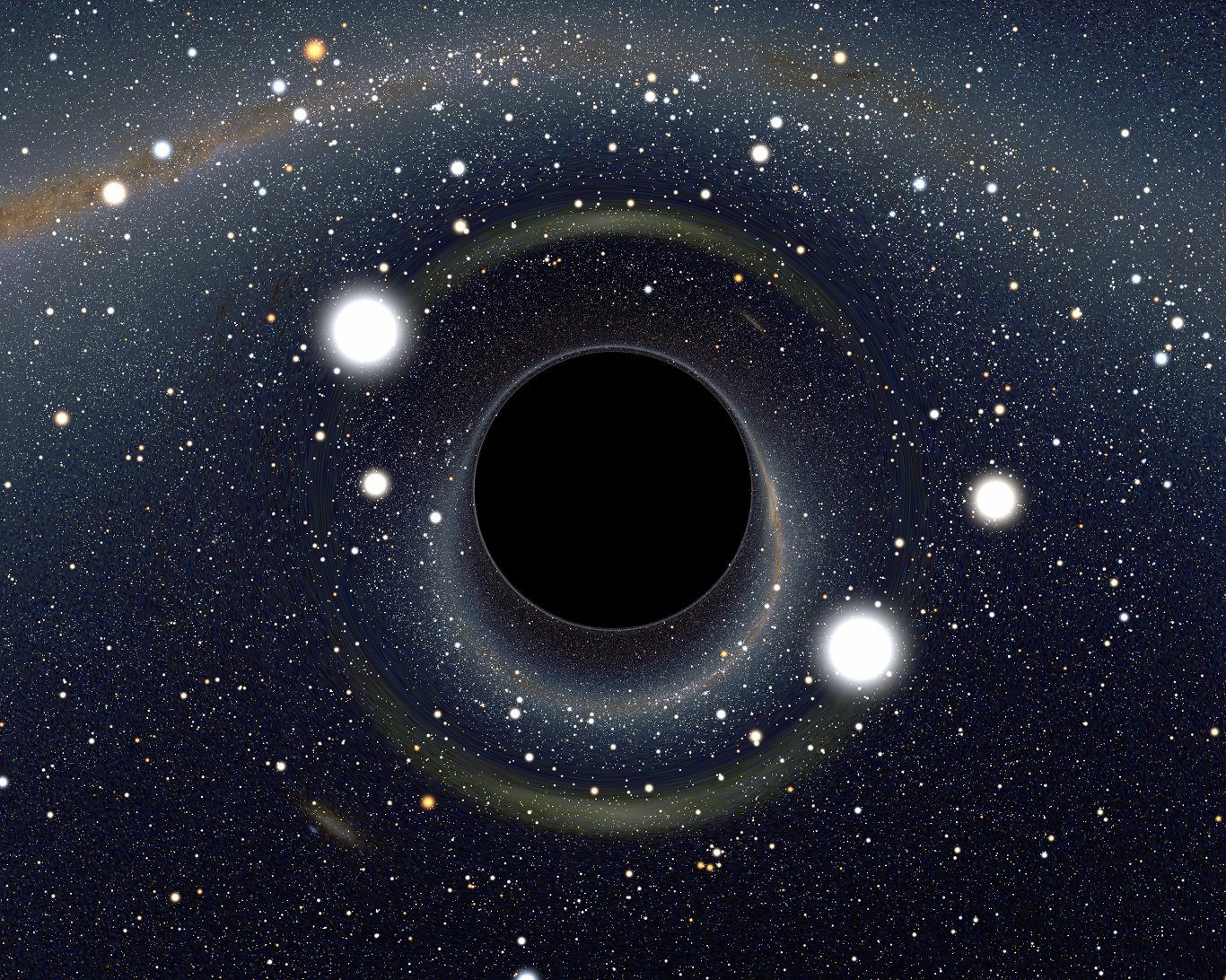
All images are sourced from NASA.gov and are in the public domain, except where mentioned.
What are Black Holes?
Astrophysicists are a singularly straight speaking bunch. When they call something a Black Hole, it must be black and it must be a hole.
I'm sure we'd agree that the popular definition of black holes goes like so - An object so dense that nothing, not even light, can escape from it from its gravitational pull. Anecdotally, that's a pretty good description, but scientifically, none of those points are quite accurate.
Birth of Black Holes - Stellar Black Holes
It's all about the Schwarzschild radius. I know, that's quite a mouthful, so we'll be calling that RS henceforth. If the radius of the object is equal to the RS, it is a BH. The RS of an object is directly dependent on its mass.
While hypothetically it may be possible to squeeze the entire Earth down to the size of a pea and form a micro black hole, practically, almost all black holes are formed when the cores of the largest stars collapse into a Supernova. I have discussed this process in the Death of Massive Stars article. These are Stellar Black Holes.
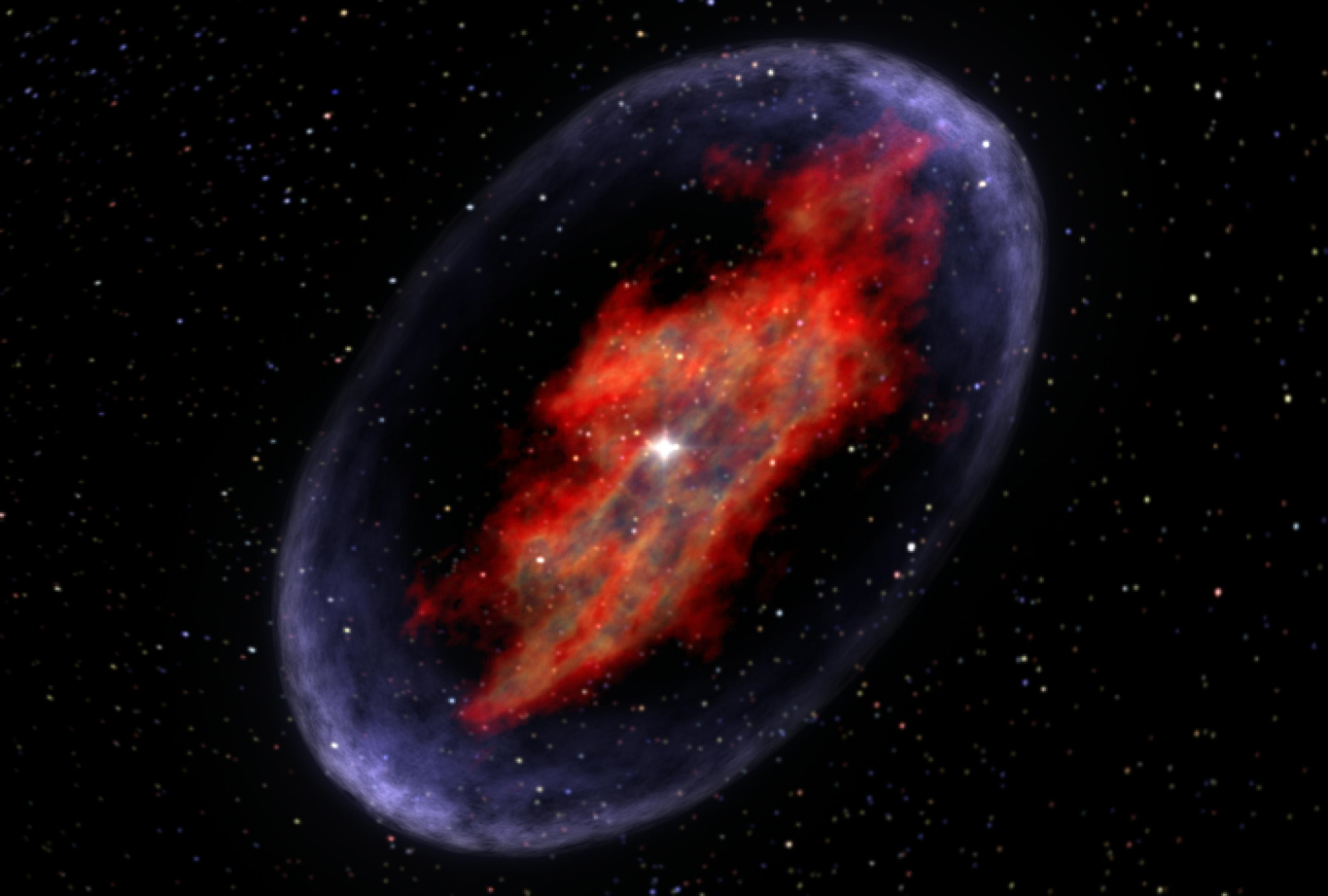
A supernova. This one forms a neutron star instead of a black hole.
Slightly smaller stars, but still massive enough to erupt in a supernova, end up with Neutron stars at their core. Neutron stars are the erstwhile almost-black-holes. However, though extremely rare, two neutron stars could merge to form a black hole.
Black Holes are not vacuum cleaners
Black holes don't just suck stuff in. They behave just like any other astronomical body. It's perfectly common to form stable orbits around a black hole. In fact, if the Sun were shrunk to a 6km wide ball, it would be a black hole. It would have negligible effect on the Earth - leaving aside the darkness and non-existence of life. The planets will continue to orbit the Solar-black-hole the same way it always had.
Get too close to the Earth, and the orbit will fall into the surface. Similarly, get too close to the black hole, and the object will spiral into it.
Looking at a galactic perspective, our entire Solar System is in a stable orbit around a Supermassive Black Hole. But more on that later!
Why Black Holes are black
First, let's define the Event Horizon. It's the point at which we can no longer see light. It's the "surface" of the BH.
It is fair to simplify the phenomenon of black holes being black in Newtonian terms. The gravitational pull is so intense that the escape velocity matches the speed of light at the Event Horizon.
But we know the universe is not Newtonian - it's bound by General Relativity. There's no such thing as a gravitational pull. Per general relativity, space and time are part of the same fabric. Immensely massive objects curve spacetime greatly.
Beyond the Event Horizon, spacetime is curved so far out of whack that flat spacetime simply does not exist. All particles - including electromagnetic - simply curve around the event horizon. There's no path to the outside. To observers looking from the outside, light is red-shifted into oblivion - to the point of complete darkness.
Spaghettification
Needless to say, this bit is purely hypothetic. But were you to travel to a BH, approaching the event horizon the curvature of spacetime (tidal force) at your feet will be millions of times more than at your head! So, you will be spaghettified - yes, that's a technical term - to miles long!
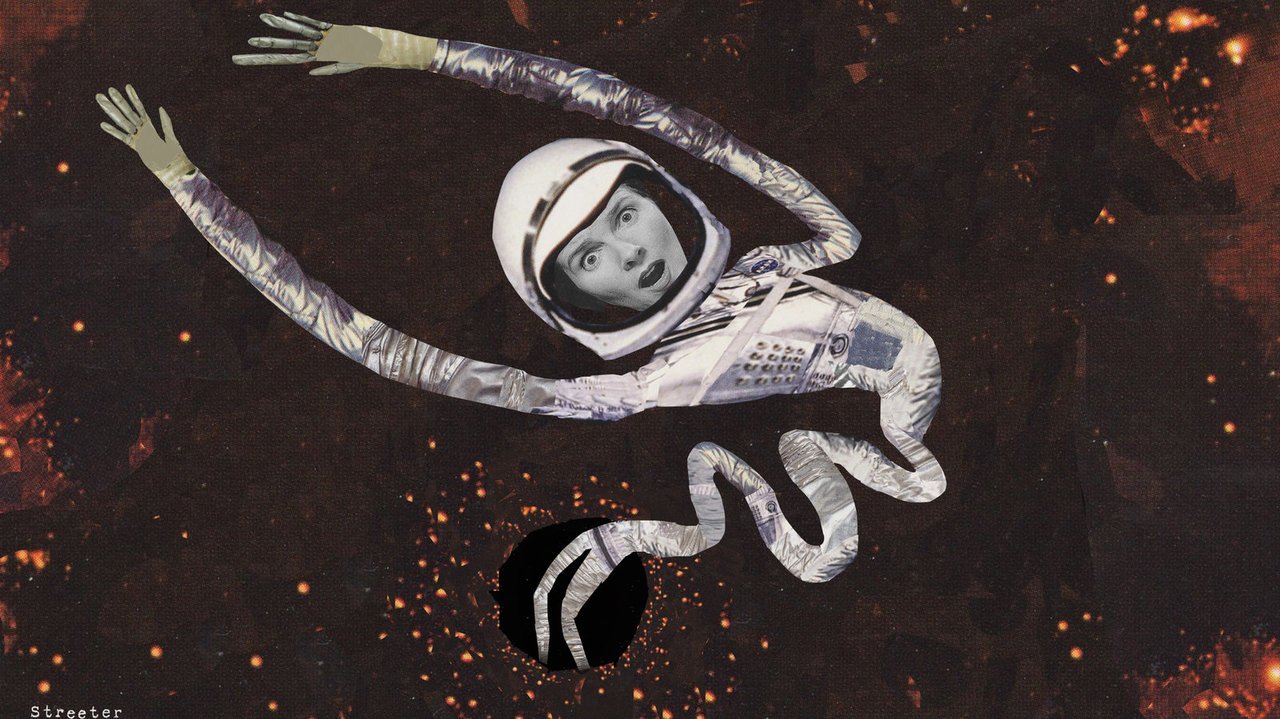
Image courtesy: Katherine Streeter for NPR
As to what goes on inside the black hole? At the center of it - the singularity? Going on simply doesn't make sense in there.
Black Holes are a when as much as a thing
Black holes can be thought of as objects in space, but really, the universe is all about spacetime. At the Event Horizon, General Relativity breaks down. As previously mentioned, spacetime is curved so far out of recognition that the concept of space and the concept of time simply stop making sense. In a way, the black hole is timeless - it's when there is no longer a when.
Time's last stand at the Event Horizon
So, back to the event horizon, you are not just infinitely spaghettified, but time starts playing the most bizarre tricks before it bows out.
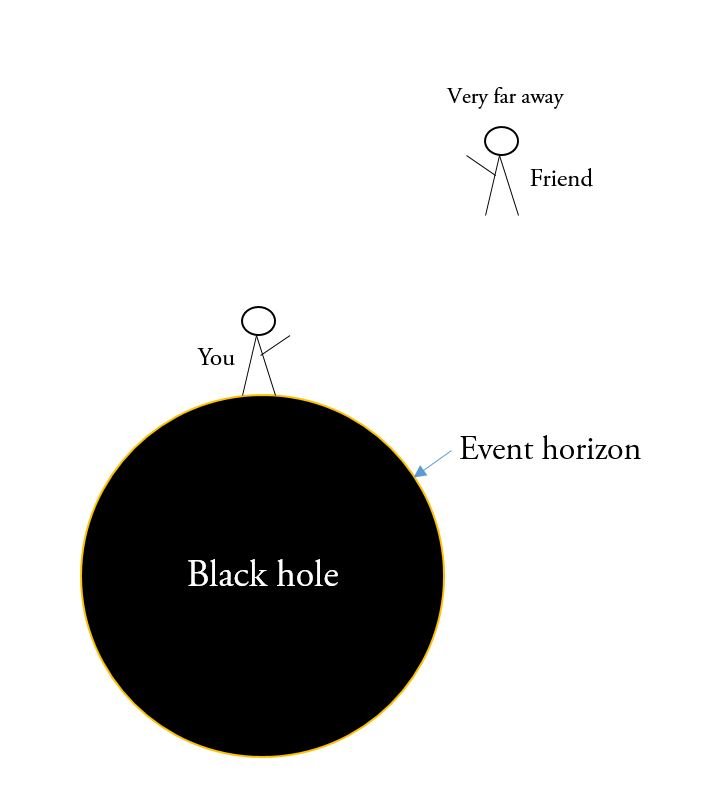
Let's say you ask your friend to observe your journey into the black hole from a distance, and you are waving at each other. Your friend will see your waving motion slow down the closer you get to the event horizon. At the event horizon, from your friend's perspective, your image will be frozen in time... forever. Meanwhile, from your perspective, your friend's wave will speed up to a feverish pace. This is indeed a way to travel to the future.
At the event horizon, the outside universe will speed up to such an infinite degree that the entire future of the universe - gazillions of years - will pass you by in an instant!
Let that sink in for a moment.
Hawking Radiation
Except, black holes don't last forever. Remember that thing about nothing escaping from it? Due to quantum effects that belie general relativity, black holes do radiate out standard black body radiation, hence shrinking in size over time. This is called Hawking radiation. Over an impossibly long period of time, the black hole will shrink and eventually disappear.
The rate of Hawking radiation depends on the size of the black hole. For the hypothetical micro black holes, this will be a pretty quick process. This is why there will never be a tiny, nano black hole created at CERN - they will disappear before they even exist. However, for supermassive black holes, the stars will die out long before they evaporate.
Supermassive Black Holes
Stellar black holes are very small - they are usually around 50 Km across. While most black holes horde objects around it into stable orbits, sometimes these objects come a bit too close. Over time, an accretion disk forms around some stellar black holes, and the black hole starts feeding on them.
If a star gets close to a black hole, it even gobbles them up! Some black holes continue increase significantly in size.
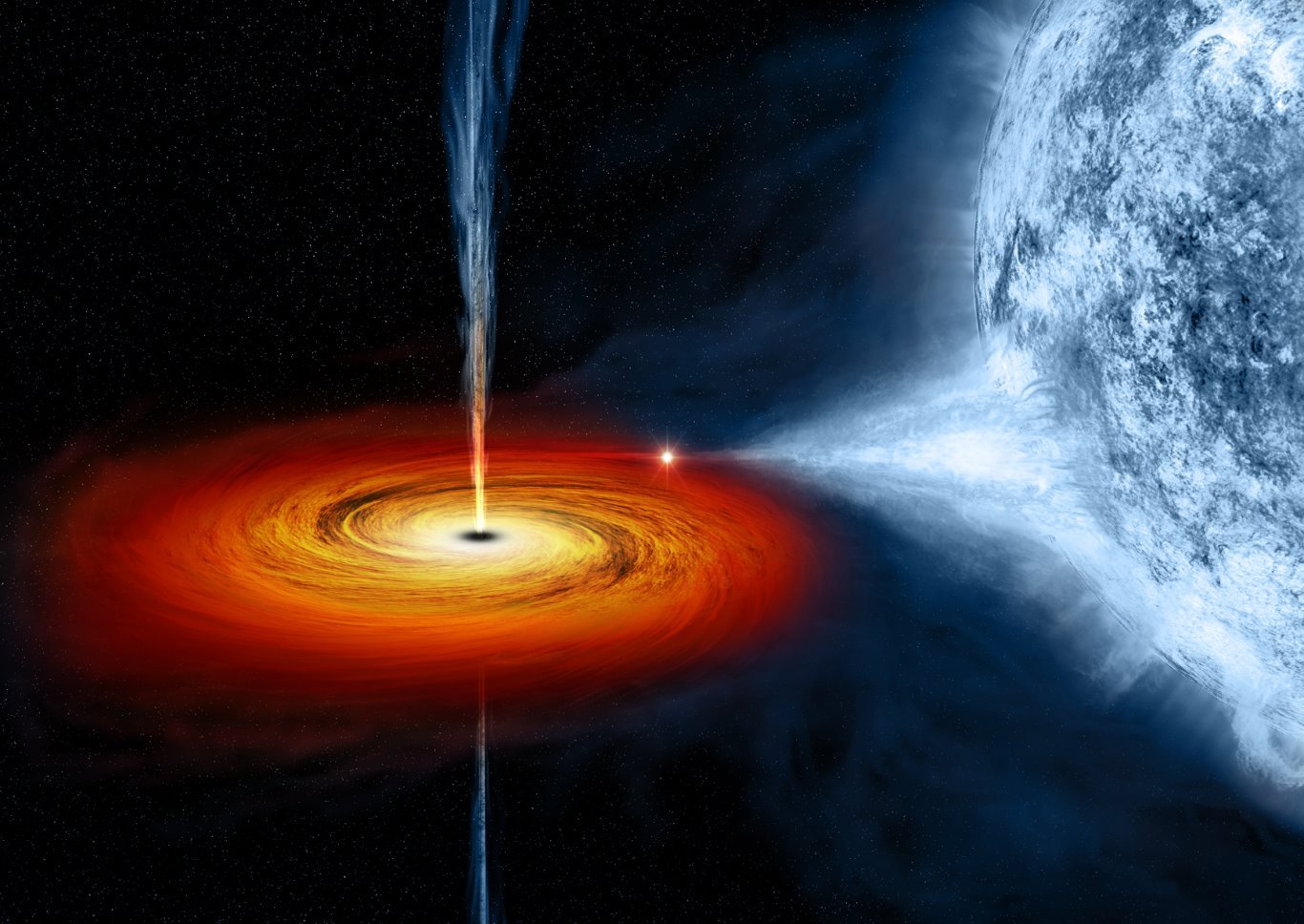
Black hole devouring a nearby Blue Giant star. The red cloud is the accretion disk. Those vertical streaks are electromagnetic jets.
But the real magic happens when two black holes attract each other. They merge in a violent event that sends ripples through spacetime - gravitational waves - far across the universe. Incidentally, the first gravitational waves from a black hole merger were detected by LIGO towards the end of 2015.
A black hole merger. Courtesy LIGO.
Over time, black holes keep merging, gaining size, devouring anything that comes near it - it's a domino effect, a feedback loop which exponentially keeps increasing their size. Some such black holes grow immensely larger - millions of times larger than stellar black holes. These are the giant supermassive black holes, that form their own galaxies just like stars form their solar systems.
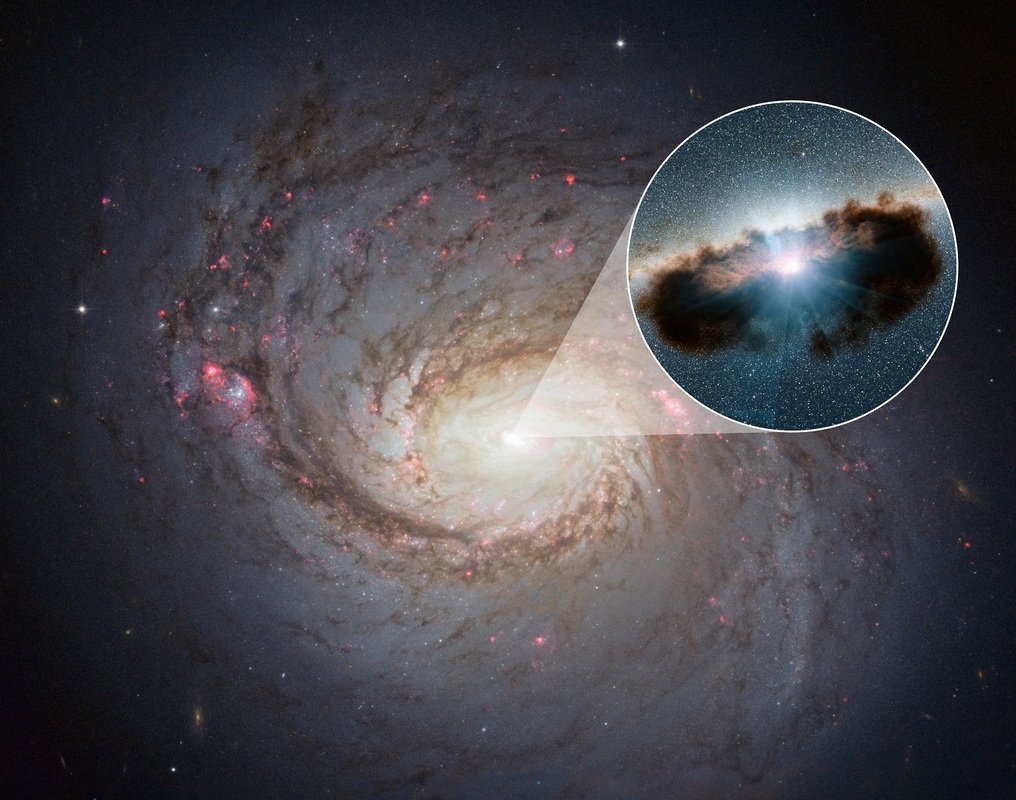
At the center of the Milky Way lies Sagittarius A*, the location for a supermassive black hole with a mass 4.3 million times that our Sun. It's still very small relatively, and impossible to directly detect. Instead, we know of its existence through the super bright accretion disk around it, and of course, it being the center of the galaxy.
Of course, galaxies merge over time, making even more massive black holes. Milky Way is on track to merge with Andromeda in just 4 billion years - I say just because our Solar System will still be alive. That will form an immense supermassive black hole.
Finally, black holes need not be infinitely dense - the RS is dependent on radius rather than volume. Hence, supermassive black holes actually have very low density. Sagittarius A* has a density similar to water!
Gravitational Lensing
I have saved the coolest effect for the last. We know that black holes bend spacetime intensely. If a black hole passes between you and an object, it will bend and warp light from it in a spectacular fashion. This often leads to cloned images and other bizarre observations. Press play!
Video credit: Our Universe Visualized


